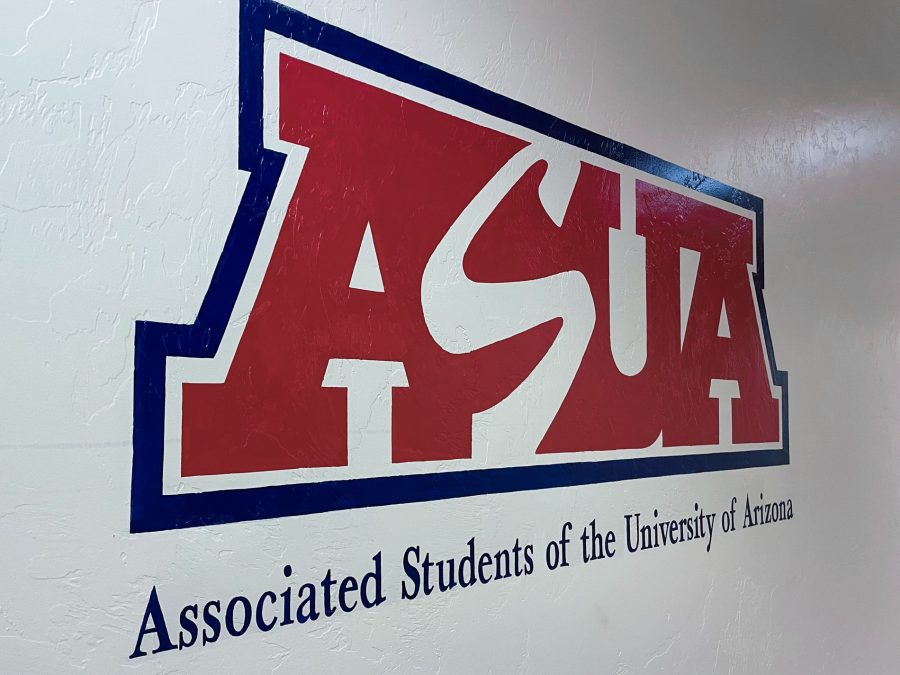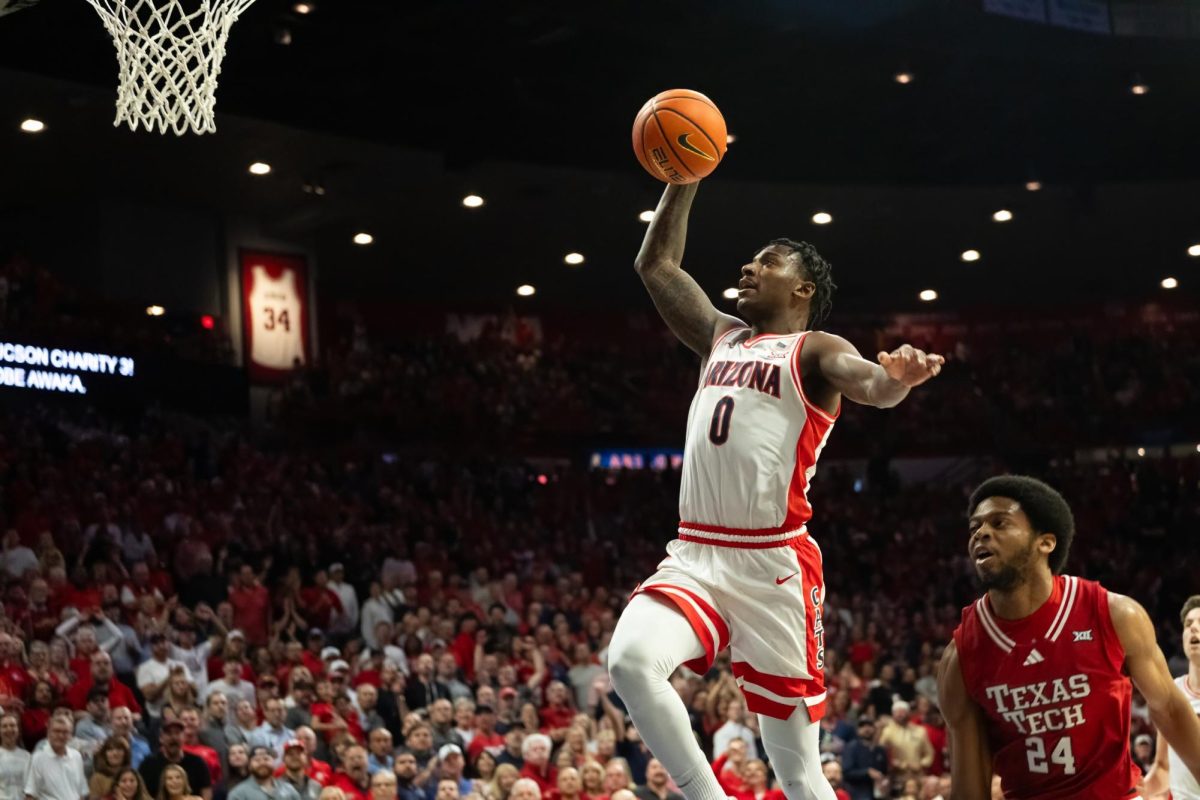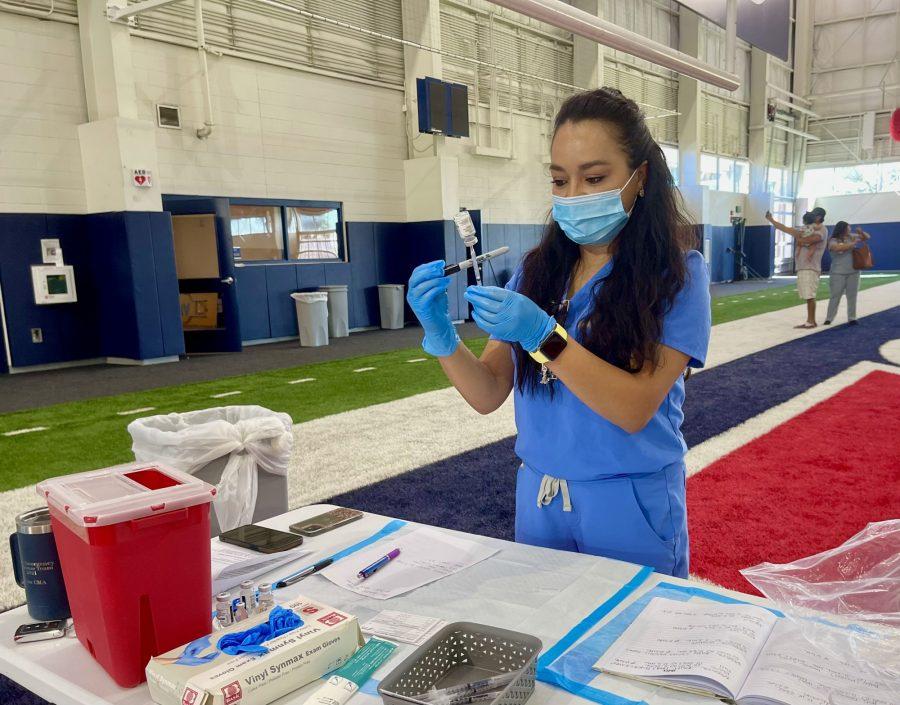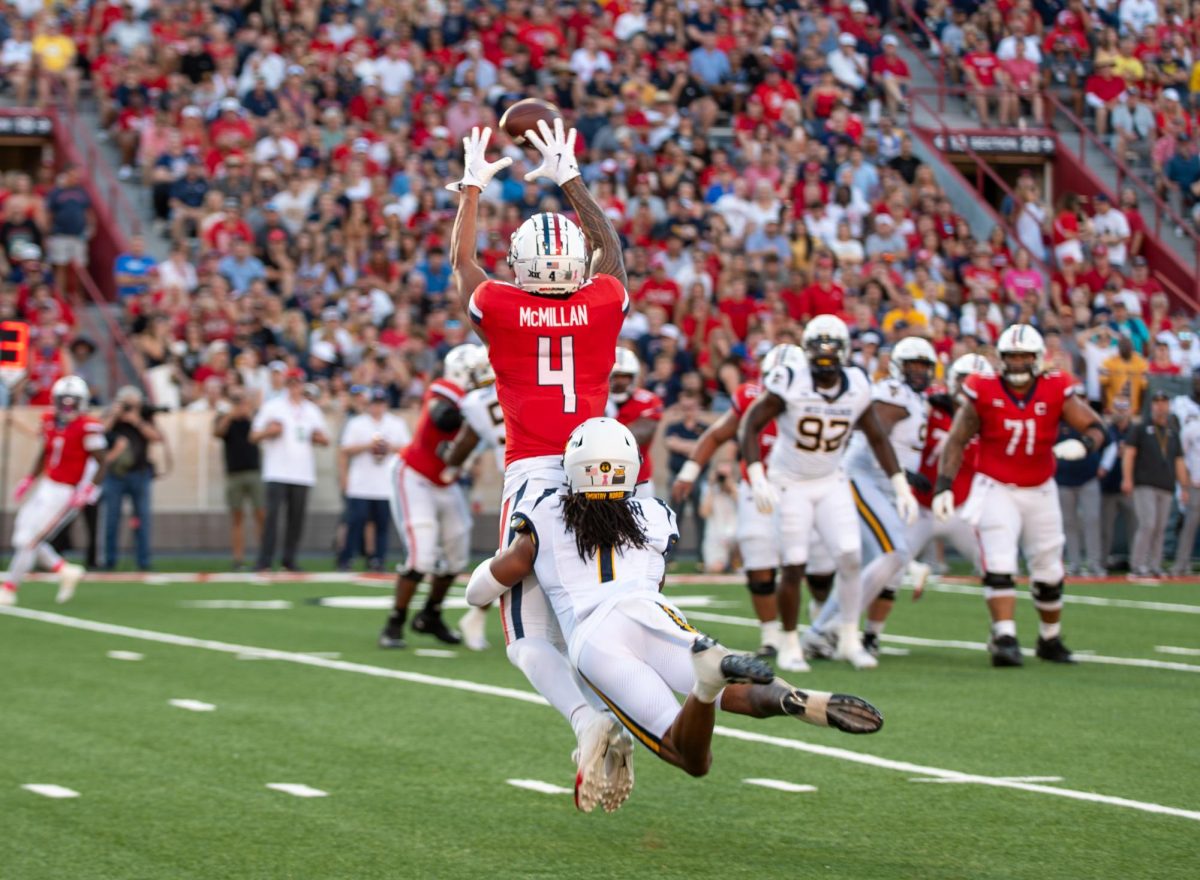Beginning in 2016, the NCAA will require high school athletes to have a 2.3 grade point average to participate in immediate competition, up from the current minimum of 2.0. You have to give kudos to the sports community for raising academic standards and stopping the stereotype of athletes being dumb jocks.
But the Division I Board of Directors voted the new regulation be delayed a year from its original vote of 2015 last October. This way, prospective collegiate athletes have more time to meet the minimum. The class of 2016 is only in eighth grade now. Pushing the requirement’s start date to 2016 gives those eighth graders all four years of high school to prepare.
Giving high school athletes time to get their academics together is a smart move. However, it doesn’t make sense to give the class of 2015 a freebie, considering they’d only been in high school for two or three months when the regulation passed. They have plenty of time to suck it up and push as hard in the classroom as they do in practice.
Many students can have a rocky start in high school because of the difference in academic expectations, increased homework and harder curriculum. Nearly a fourth of students who had been in the top quartile of their eighth-grade class fall “off-track” by the time they complete ninth grade, according to the February 2011 Research Brief on the Challenges of the Ninth Grade Transition.
So it’s not just the athletes who will struggle to do well in high school. One of every four students in the class will have problems. To combat this, there are programs and efforts made by middle school administrators that focus on ensuring a smooth transition from middle school to high school.
What makes athletes so different then? There isn’t much of a difference between an eighth grader and a student who’s been in high school for roughly three months. The change isn’t exactly dramatic, but it was a concern of coaches and higher education administrators.
Freshman year in high school is the transitional period that allows for any student to make a mistake, athlete or not. It’s the work a student puts in after they’ve adjusted to the high school workload that counts.
Football and men’s basketball players would be most affected by a change in academic standards because they usually post the lowest scores, according to the NCAA. Encouraging the players of the two most popular sports in college is a good message to send: There are no exceptions. There are high standards. Education is important.
Future collegiate athletes can take this extra year to slack off, but they need to take school more seriously if they plan on playing two of the most popular sports in college recreation.
It may be a little difficult at first, but when high school athletes adjust to the new minimum, they’ll not only be ballers on the court, they’ll be better students in the classroom.
— Serena Valdez is a journalism junior. She can be reached at letters@wildcat.arizona.edu or on Twitter via @WildcatOpinions .








